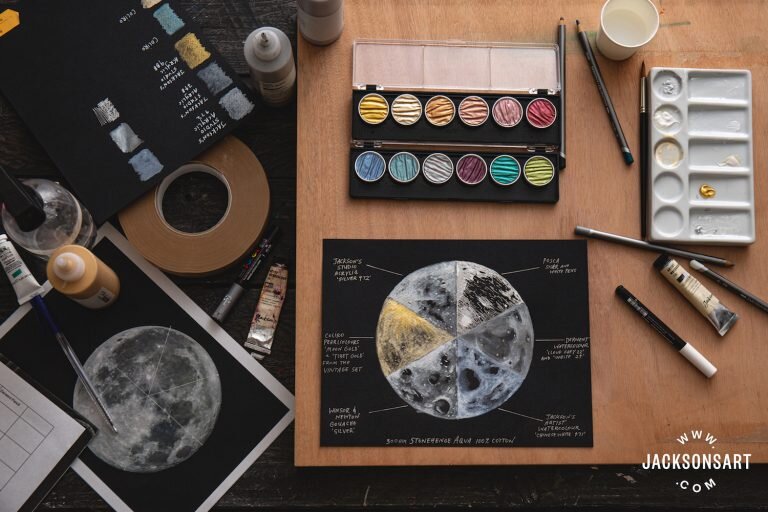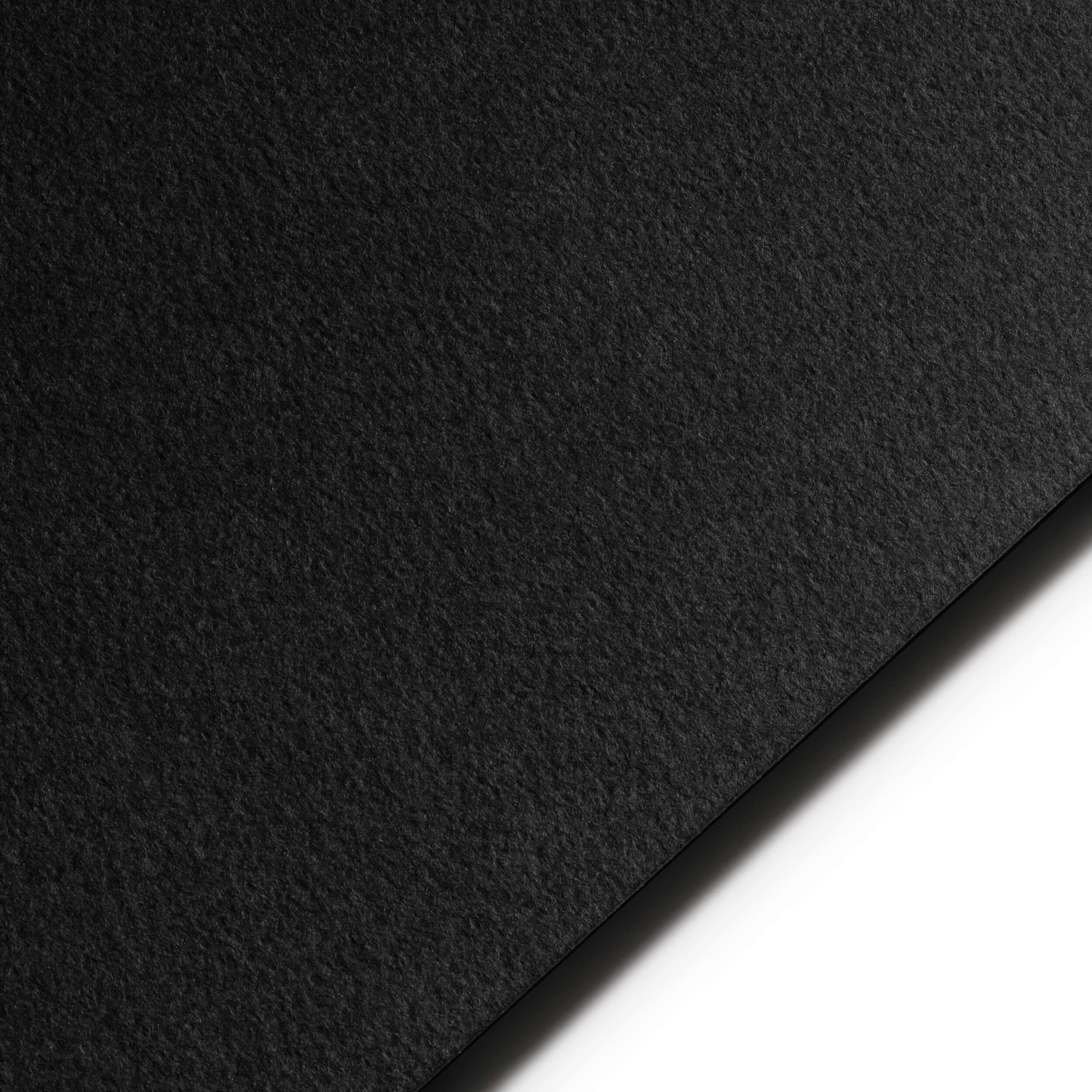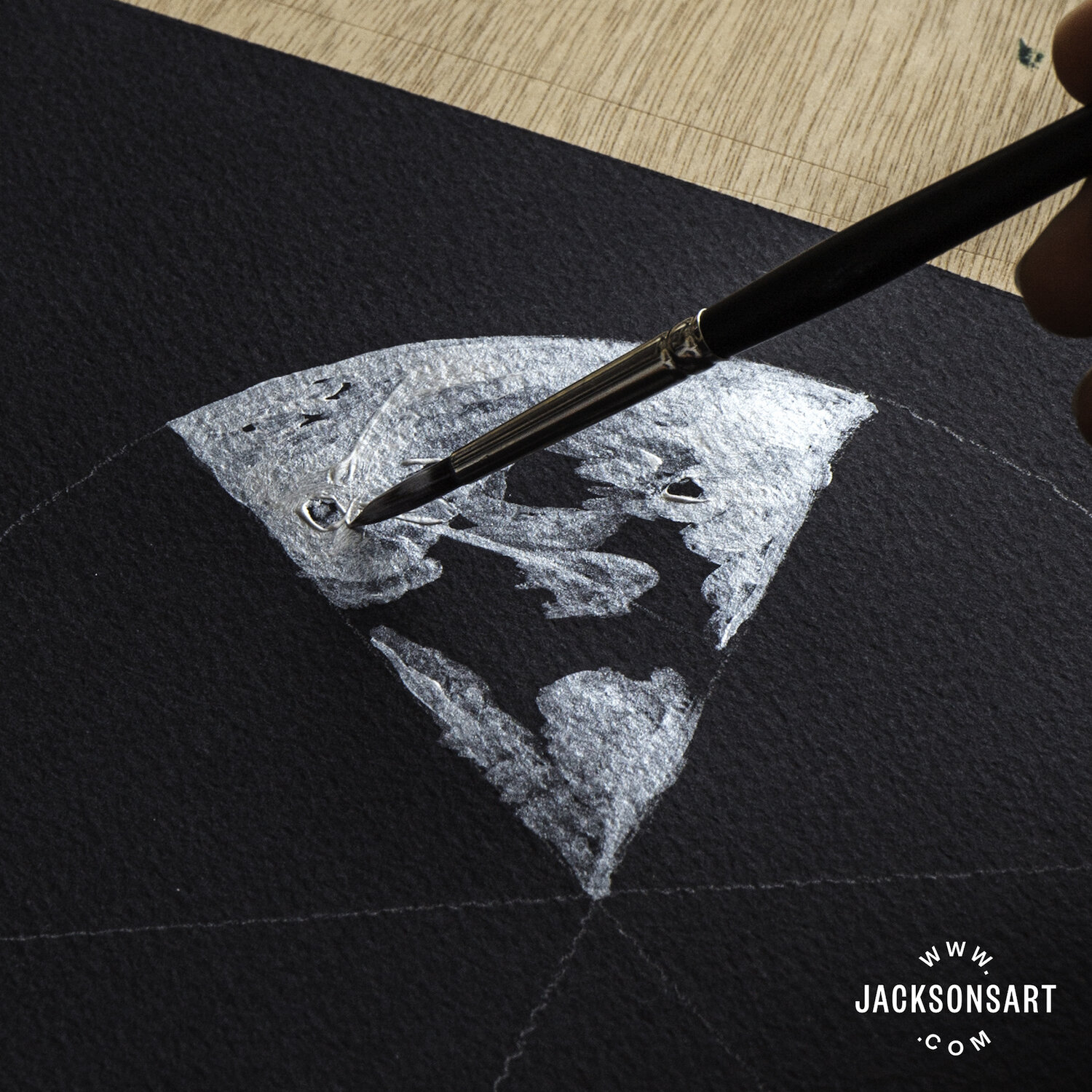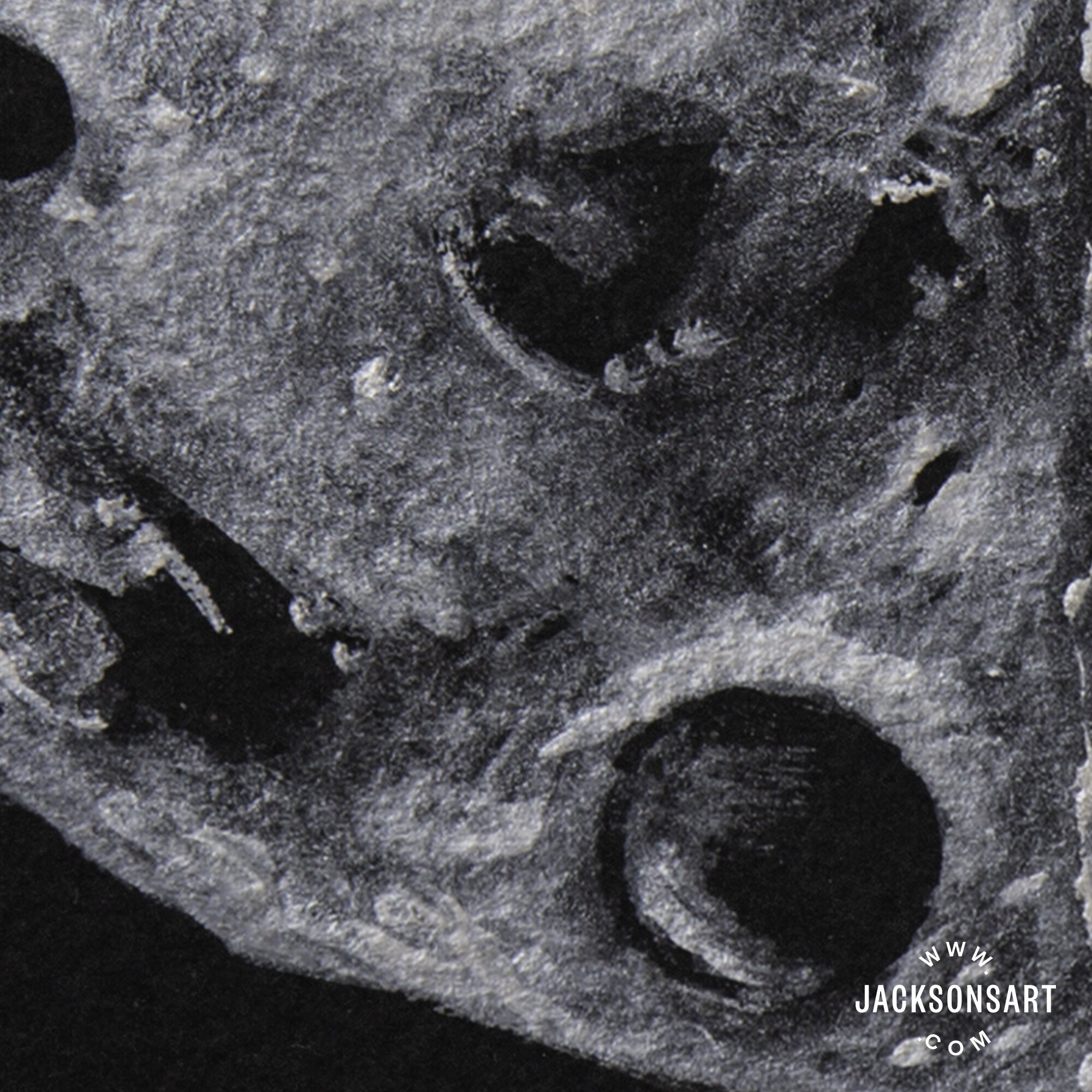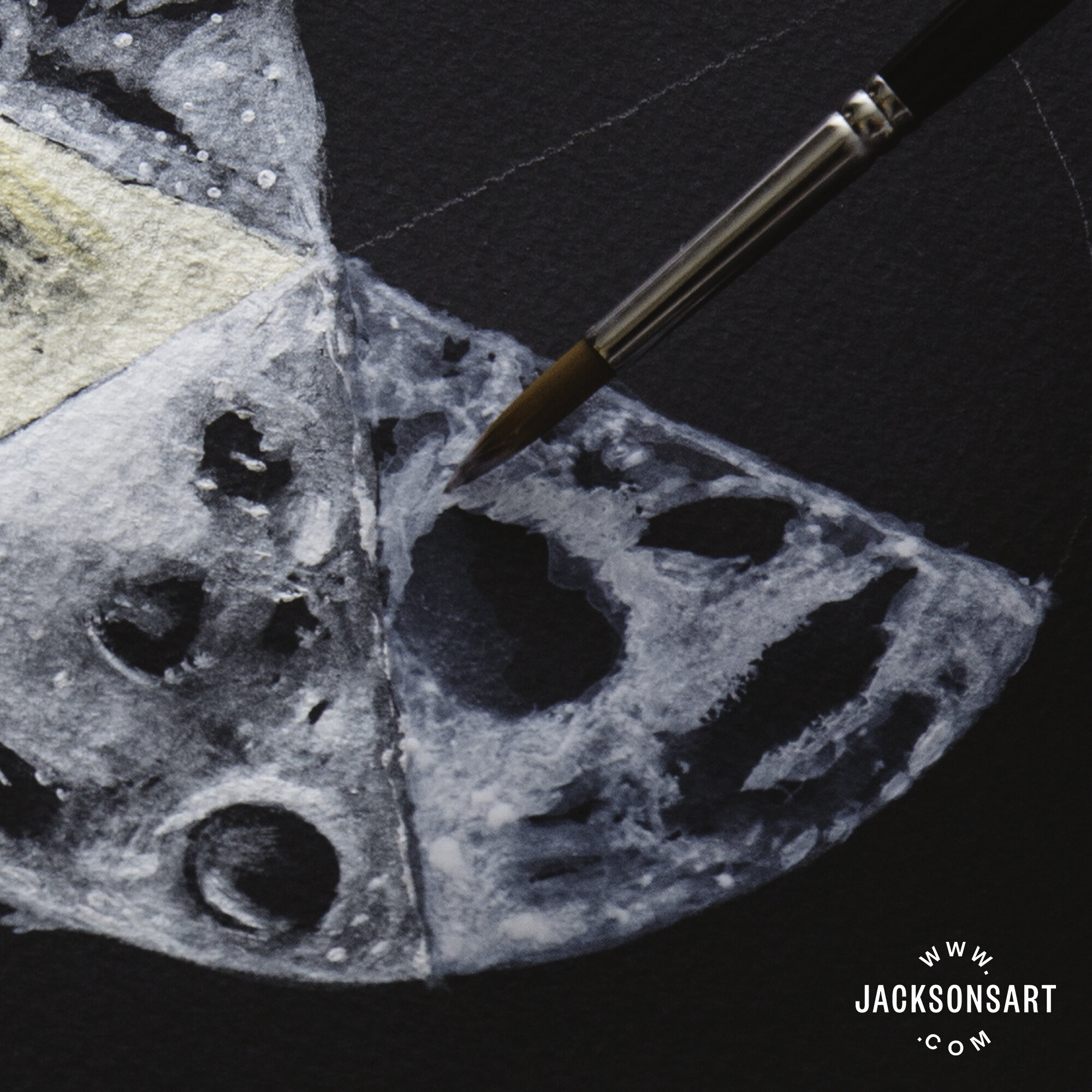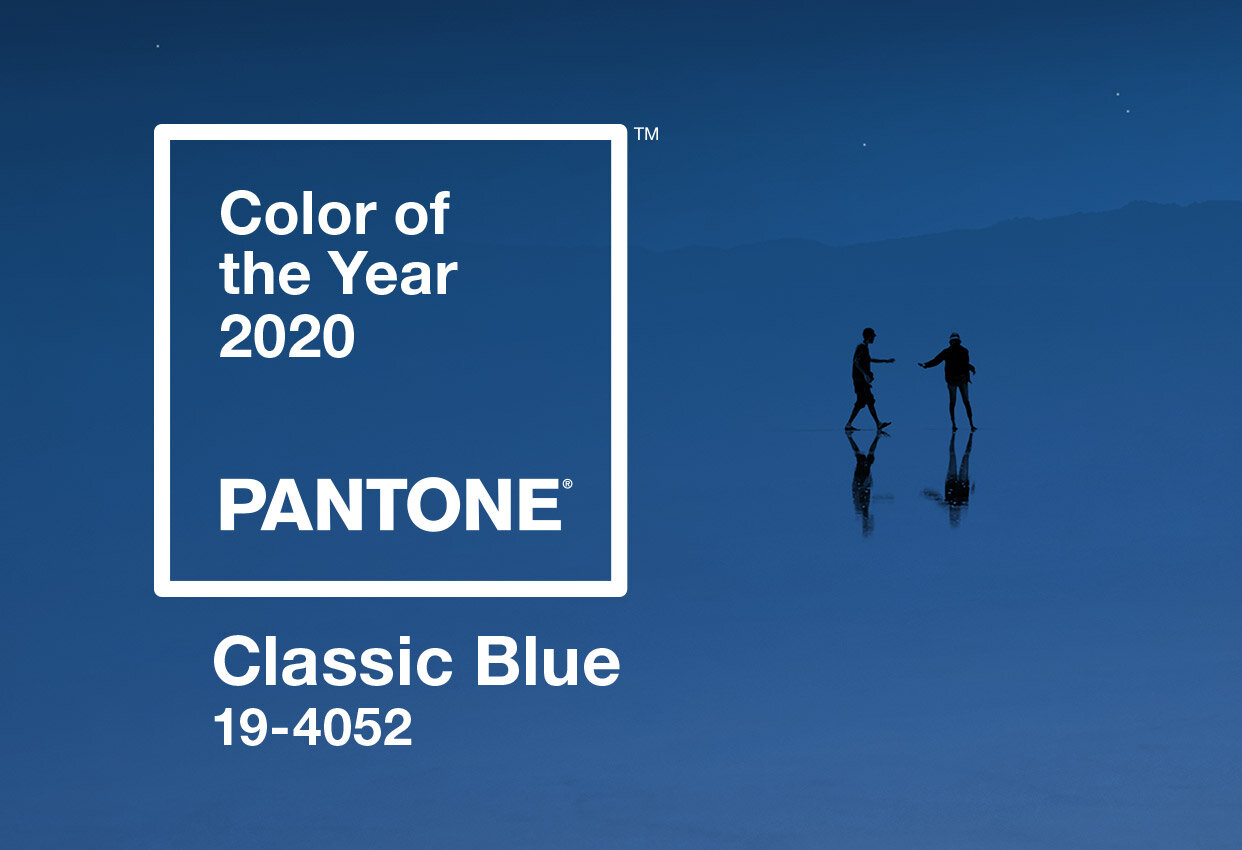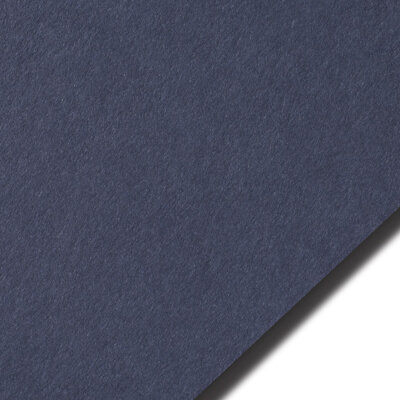Winston Watcher Booth at Untitled Art Fair Miami
There’s a lot to know and many ideas to consider when framing your artwork. Framing is an art within itself. Both Paul Baumann, from Handmade Frames, and Zaria Forman gave us their insight when it comes to framing.
Why should artists frame their work?
{PB} I would say first that not all artworks should be framed. Artworks that should not be framed include some with aesthetic considerations, such as many contemporary paintings on stretched fabric, and others that should not be framed due to the artist’s sense of how the artwork needs to be presented, even though this invites vulnerabilities which then can be addressed through environmental controls.
However, many, if not most artworks have vulnerabilities that call for framing. Placing an artwork in a frame in a carefully designed manner always provides protections. These include protection from simple physical mishaps, such as spills and other physical harms.
Less well known generally, is the grime in the air. It's invisible, except for the way it builds up on horizontal and even vertical surfaces, such as windowpanes. It’s everywhere worldwide, and in a case like Zaria's, this grime can be quite destructive to artworks, as it settles deep among particles and into pores of paper, and of course would be impossible to clean, and it's both oily, and acidic. The primary function of a frame with glazing is actually to keep this grime off of the artwork.
Why do you frame your finished work?
{ZF} Soft pastel is a very delicate medium so if you touch the surface of the drawing after it is all done it can smudge. In this way framing actually acts as a protective casing for my drawings. It is also a great way to finish the piece and formalize the completion of a drawing. It is a nice way of saying, "I'm done!"
Who does your framing? Why do you choose them?
{ZF} Brooklyn Handmade Frames and they are the best! Framing works on paper is always a challenge, but framing my large scale, extremely delicate works on paper is a whole next level of challenge! Handmade Frames has not only successfully risen to that challenge, but makes it look seamless and easy.
What materials are used for the framing?
{ZF} I always use a white wood frame with a floating white mat board (Rising Museum Board) and plexiglass. I use a white frame and mat because I feel it frames the work without distracting from my drawing. The white of the mat and frame sort of meld into the whiteness of the walls, allowing the drawing to be front and center. The plexiglass rather than glass is for practical reasons. At a certain scale - the scale I work in - glass becomes too heavy and the frame is no longer capable of holding such weight. Plexiglass allows for the same protection glass provides, but is much lighter.
{PB} Rising has been known for many years as a preeminent museum board product in relation to its chemistry, and I would add, beauty. It is acid and lignin-free, and generally also buffered, meaning that there is calcium carbonate or some similar chemical added to protect against acids that may come from other sources, such as the artwork itself.
We use Rising museum board almost exclusively and have since we were founded, about twenty-five years ago. We use the 4-ply and 8-ply products in all available sizes, as well as 2-ply in some cases. We stock every available color and use mostly the white, warm white, and antique, but also the warmer colors quite often. We find that in almost all cases the available colors will provide one that works well with the artwork at hand. We also sometimes make our spacers out of Rising museum boards. We find that the performance is outstanding, it's packed well, the available sizes are sufficient in almost all cases as well. I’ve never seen a chemical issue with Rising. When a frame returns after twenty years, the board still is in pristine condition.
Any advice for artists when framing their own work?
{ZF} Always chose a frame that helps the viewer see the artwork. Sometimes if the frame is too loud or busy or if there are too many mat colors it can take away from the artwork itself. The frame is just another visual tool, use it to help tell the viewer how to see, read, and understand your work.
{PB} Well, everyone has to consider budget. We do work hard at providing options at lower price points that still to do follow the standards, and we have had more and more success with this. But my advice would be, try to be as well-informed as you can, as to how the framing will affect the artwork over time, and do the best you can to go to a framer that will take good care of the artwork.
There are good sources out there for learning the true method of conservation hinging, but it is much more time-consuming and has many steps, and so is not very common. It also takes years to get really proficient in it, because you have to learn to make judgments about which mulberry paper is the right one for a particular artwork, and what size the hinges should be, etc.





